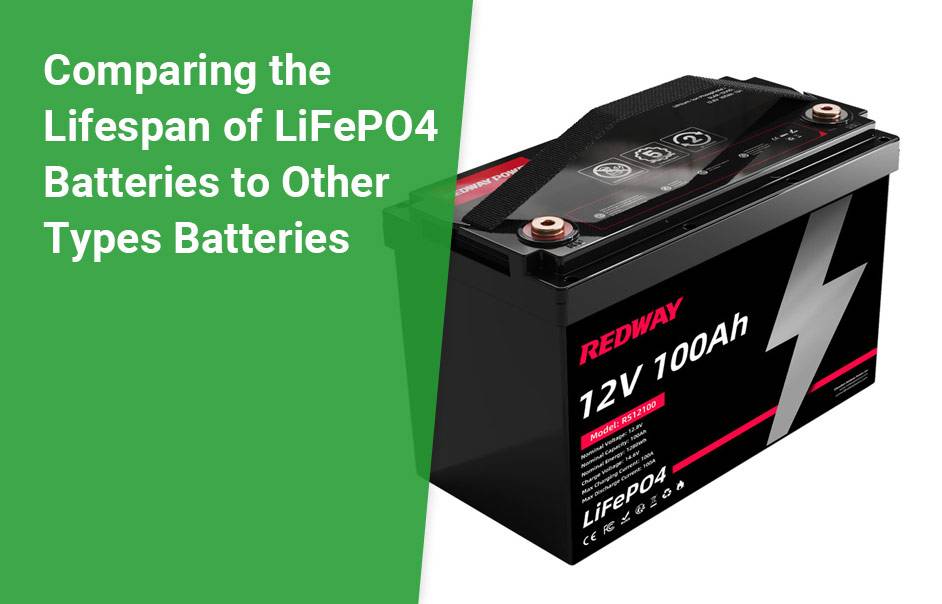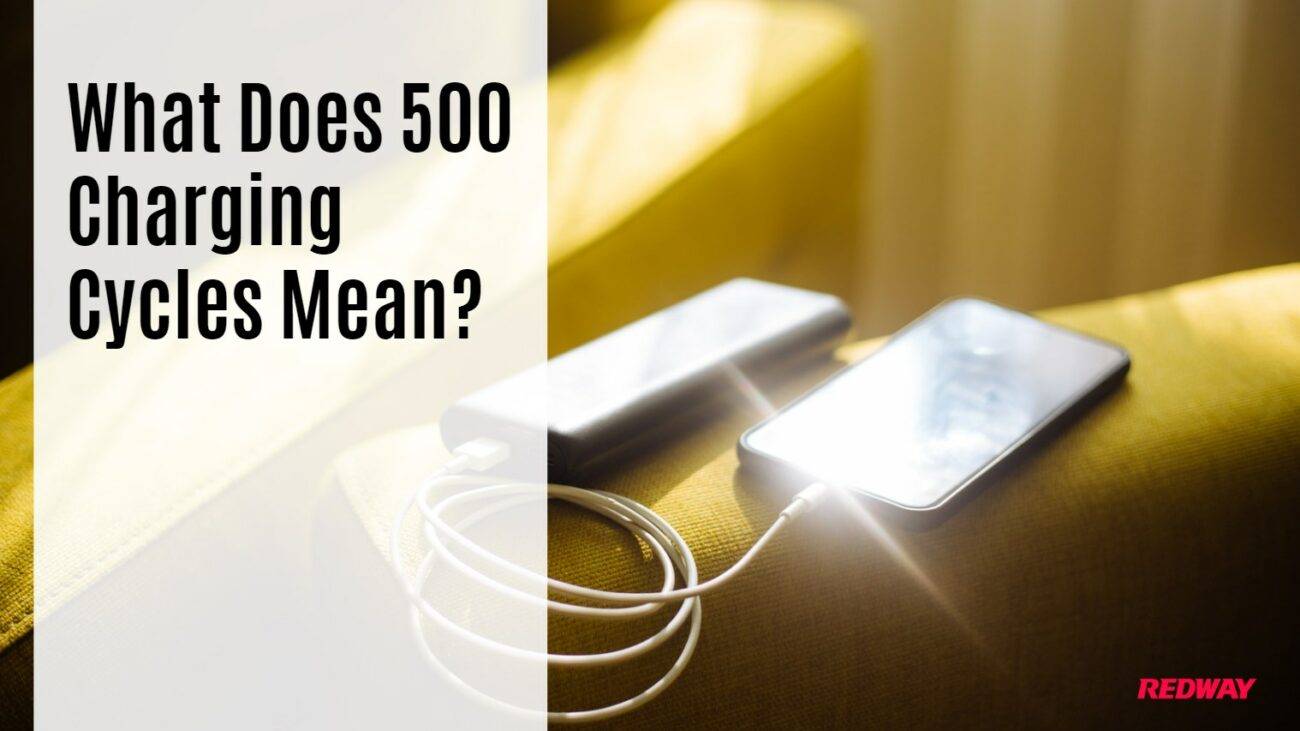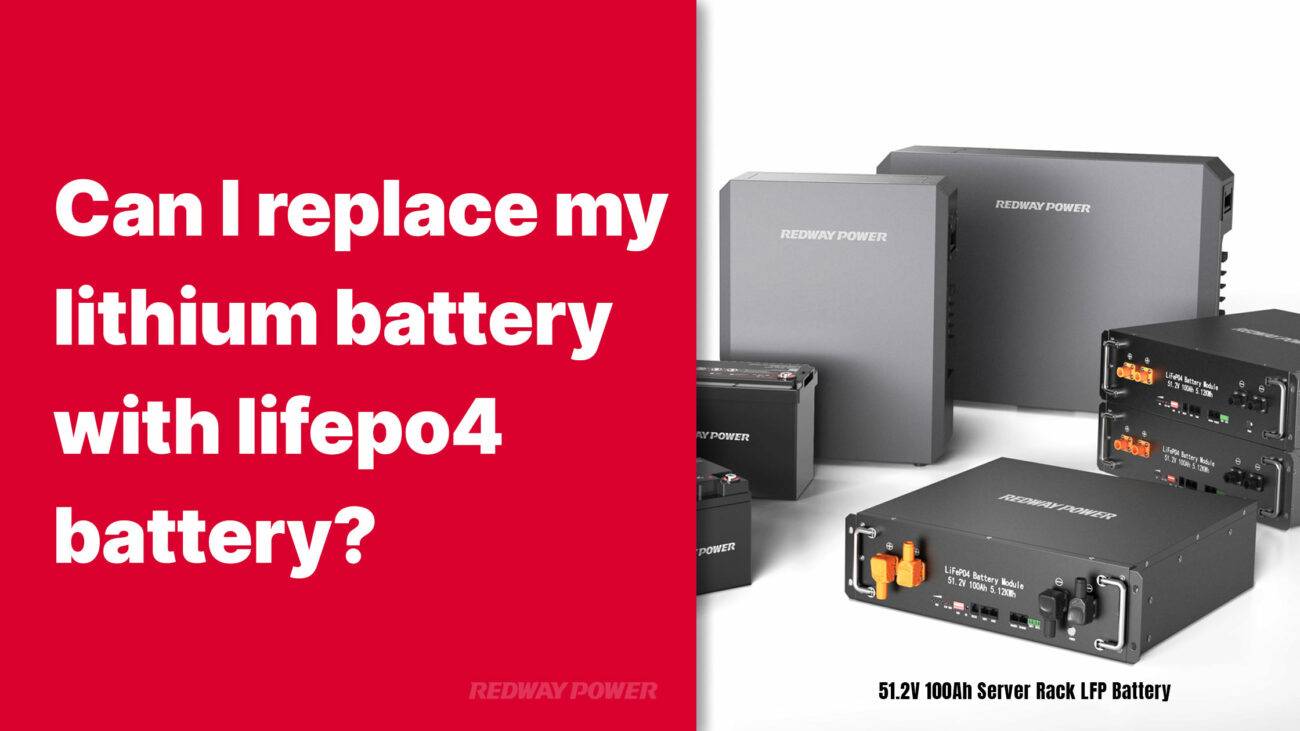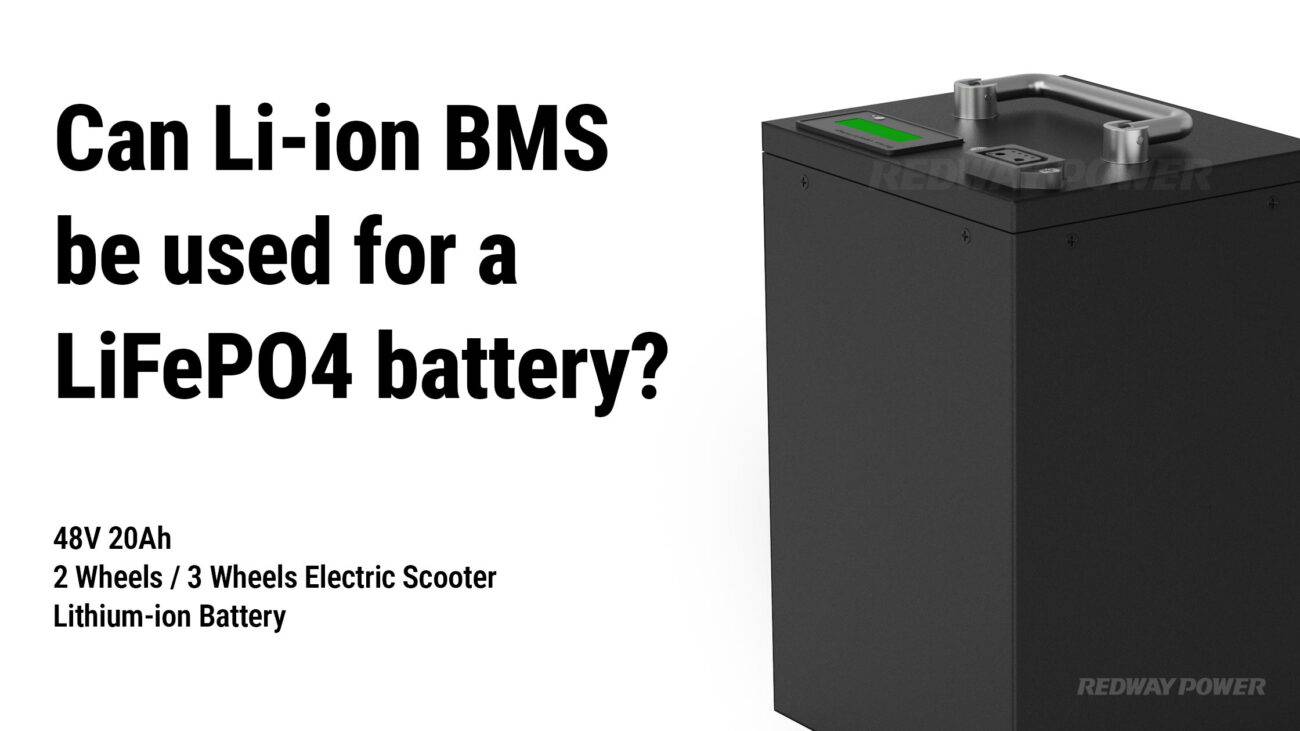- Forklift Lithium Battery
-
48V
- 48V 210Ah
- 48V 300Ah
- 48V 420Ah (949 x 349 x 569 mm)
- 48V 420Ah (950 x 421 x 450 mm)
- 48V 456Ah
- 48V 460Ah (830 x 630 x 590 mm)
- 48V 460Ah (950 x 421 x 450 mm)
- 48V 460Ah (800 x 630 x 600 mm)
- 48V 460Ah (820 x 660 x 470 mm)
- 48V 500Ah
- 48V 560Ah (810 x 630 x 600 mm)
- 48V 560Ah (950 x 592 x 450 mm)
- 48V 600Ah
- 48V 630Ah
-
48V
- Lithium Golf Cart Battery
- 12V Lithium Battery
12V 150Ah Lithium RV Battery
Bluetooth App | BCI Group 31
LiFePO4 Lithium
Discharge Temperature -20°C ~ 65°C
Fast Charger 14.6V 50A
Solar MPPT Charging - 24V Lithium Battery
- 36V Lithium Battery
- 48V Lithium Battery
-
48V LiFePO4 Battery
- 48V 50Ah
- 48V 50Ah (for Golf Carts)
- 48V 60Ah (8D)
- 48V 100Ah (8D)
- 48V 100Ah
- 48V 100Ah (Discharge 100A for Golf Carts)
- 48V 100Ah (Discharge 150A for Golf Carts)
- 48V 100Ah (Discharge 200A for Golf Carts)
- 48V 150Ah (for Golf Carts)
- 48V 160Ah (Discharge 100A for Golf Carts)
- 48V 160Ah (Discharge 160A for Golf Carts)
-
48V LiFePO4 Battery
- 60V Lithium Battery
-
60V LiFePO4 Battery
- 60V 20Ah
- 60V 30Ah
- 60V 50Ah
- 60V 50Ah (Small Size / Side Terminal)
- 60V 100Ah (for Electric Motocycle, Electric Scooter, LSV, AGV)
- 60V 100Ah (for Forklift, AGV, Electric Scooter, Sweeper)
- 60V 150Ah (E-Motocycle / E-Scooter / E-Tricycle / Tour LSV)
- 60V 200Ah (for Forklift, AGV, Electric Scooter, Sweeper)
-
60V LiFePO4 Battery
- 72V~96V Lithium Battery
- Rack-mounted Lithium Battery
- E-Bike Battery
- All-in-One Home-ESS
- Wall-mount Battery ESS
-
Home-ESS Lithium Battery PowerWall
- 24V 100Ah 2.4kWh PW24100-S PowerWall
- 48V 50Ah 2.4kWh PW4850-S PowerWall
- 48V 50Ah 2.56kWh PW5150-S PowerWall
- 48V 100Ah 5.12kWh PW51100-F PowerWall (IP65)
- 48V 100Ah 5.12kWh PW51100-S PowerWall
- 48V 100Ah 5.12kWh PW51100-H PowerWall
- 48V 200Ah 10kWh PW51200-H PowerWall
- 48V 300Ah 15kWh PW51300-H PowerWall
PowerWall 51.2V 100Ah LiFePO4 Lithium Battery
Highly popular in Asia and Eastern Europe.
CE Certification | Home-ESS -
Home-ESS Lithium Battery PowerWall
- Portable Power Stations
What You Need to Know About LiFePO4 Batteries: Lifespan, Safety, and Charging
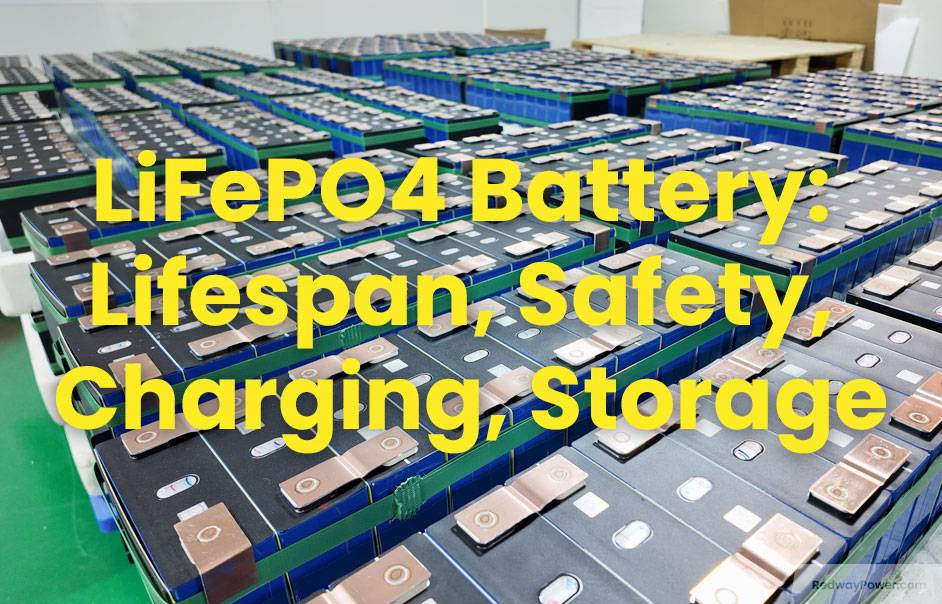
LiFePO4 (Lithium Iron Phosphate) batteries are renowned for their long lifespan, safety features, and efficient charging methods. Typically lasting over 10 years with proper maintenance, these batteries are increasingly popular in various applications, including renewable energy and electric vehicles. Understanding their characteristics is essential for maximizing their performance and longevity.
What is the lifespan of LiFePO4 batteries?
LiFePO4 batteries generally have a lifespan that exceeds 10 years when properly maintained. They can endure over 4,000 charge cycles, which is significantly higher than many other battery types. This longevity makes them an excellent investment for applications requiring reliable and long-lasting power sources.
| Lifespan Comparison | LiFePO4 Batteries | Lead-Acid Batteries |
|---|---|---|
| Typical Lifespan | 10+ years | 3-5 years |
| Charge Cycles | 4000+ cycles | 500-1000 cycles |
What factors affect the lifespan of LiFePO4 batteries?
Several factors can influence the lifespan of LiFePO4 batteries:
- Charging Practices: Using the correct charging method and avoiding overcharging can significantly extend battery life.
- Temperature: Operating in extreme temperatures can degrade battery performance. Ideal storage conditions are between 10°C (50°F) and 40°C (104°F).
- Depth of Discharge (DoD): Regularly discharging the battery to very low levels can shorten its lifespan. It’s recommended to maintain a DoD of around 80%.
| Factor | Impact on Lifespan |
|---|---|
| Charging Practices | Correct methods prolong life |
| Temperature | Extreme conditions reduce performance |
| Depth of Discharge | Keeping at moderate levels enhances longevity |
How safe are LiFePO4 batteries compared to other types?
LiFePO4 batteries are among the safest lithium-ion battery types available. Their chemical composition provides enhanced stability, reducing risks associated with overheating and thermal runaway compared to traditional lithium-ion chemistries.
Safety Features:
- Thermal Stability: They maintain structural integrity under high temperatures.
- Chemical Stability: The phosphate chemistry minimizes risks of electrolyte decomposition.
- Built-in Safety Mechanisms: Many LiFePO4 batteries include protections against short circuits and overcharging.
What are the key safety features of LiFePO4 batteries?
Key safety features that make LiFePO4 batteries a preferred choice include:
- Low Risk of Thermal Runaway: Unlike other lithium-ion batteries, they have a lower likelihood of overheating or catching fire.
- Robust Design: The phosphate structure enhances mechanical stability, making them less prone to damage.
- Built-in Protection Circuits: Many models come with advanced Battery Management Systems (BMS) that monitor voltage and current to prevent unsafe conditions.
| Safety Feature | Description |
|---|---|
| Low Thermal Runaway Risk | Safer under high temperatures |
| Robust Design | Enhanced structural integrity |
| Protection Circuits | Monitor and prevent unsafe operating conditions |
How do you charge a LiFePO4 battery safely?
Charging a LiFePO4 battery requires specific methods to ensure safety and efficiency:
- Use Appropriate Chargers: Always use chargers designed specifically for LiFePO4 chemistry.
- Follow Charging Protocols: The recommended method is constant current/constant voltage (CC/CV) charging.
- Monitor Temperature During Charging: Ensure that the battery does not overheat while charging.
What is the recommended charging method for LiFePO4 batteries?
The most effective charging method for LiFePO4 batteries involves two stages:
- Constant Current (CC) Stage: The charger delivers a constant current until the battery voltage reaches approximately 3.65V per cell.
- Constant Voltage (CV) Stage: Once the maximum voltage is reached, the charger switches to constant voltage mode until the current drops below a specified level.
This method helps prevent overcharging while maximizing charging efficiency.
| Charging Method | Description |
|---|---|
| Constant Current | Initial phase where current is kept steady |
| Constant Voltage | Final phase where voltage remains steady |
How should you store LiFePO4 batteries for optimal performance?
Proper storage practices are crucial for maintaining the performance and longevity of LiFePO4 batteries:
- Store in a Cool, Dry Place: Ideal temperatures range from 10°C (50°F) to 25°C (77°F).
- Charge Before Storage: Ensure that the battery is charged to about 50% before long-term storage.
- Avoid Extreme Temperatures: Keep away from areas with high humidity or extreme heat.
Storage Recommendations:
- Check periodically during storage to ensure no self-discharge issues occur.
| Storage Practice | Recommendation |
|---|---|
| Ideal Temperature | Store between 10°C and 25°C |
| Charge Level | Maintain around 50% charge before storing |
| Environment | Keep in dry areas away from extreme temperatures |
Tips for Battery Wholesale Buyers
For those looking to purchase batteries in bulk or OEM orders, consider these key points:
- Choose Reliable Manufacturers: Partnering with established companies like Redway Power, which has over 13 years of experience in lithium battery technology, ensures quality products.
- Understand Your Needs: Clearly define specifications based on application requirements.
- Request Samples: Before placing large orders, testing samples helps ensure product satisfaction.
By opting for advanced battery technologies over traditional options, buyers benefit from improved efficiency and reduced environmental impact.
Redway Power Expert Views
“LiFePO4 technology represents a significant advancement in battery safety and longevity,” states an expert from Redway Power. “With proper care and adherence to recommended practices, users can maximize both performance and lifespan.”
FAQ Section
- What is the typical lifespan of a LiFePO4 battery?
LiFePO4 batteries typically last between 10 to 15 years with proper maintenance. - Are LiFePO4 batteries safe?
Yes, they have excellent thermal stability and low risk of thermal runaway compared to other lithium-ion types. - How should I charge my LiFePO4 battery?
Use a constant current/constant voltage (CC/CV) method with an appropriate charger designed for this chemistry. - What temperature should I store my LiFePO4 battery at?
Store between 10°C (50°F) and 25°C (77°F) in a cool, dry place. - Can I use any charger for my LiFePO4 battery?
No, always use chargers specifically designed for lithium iron phosphate chemistry to avoid damage.
